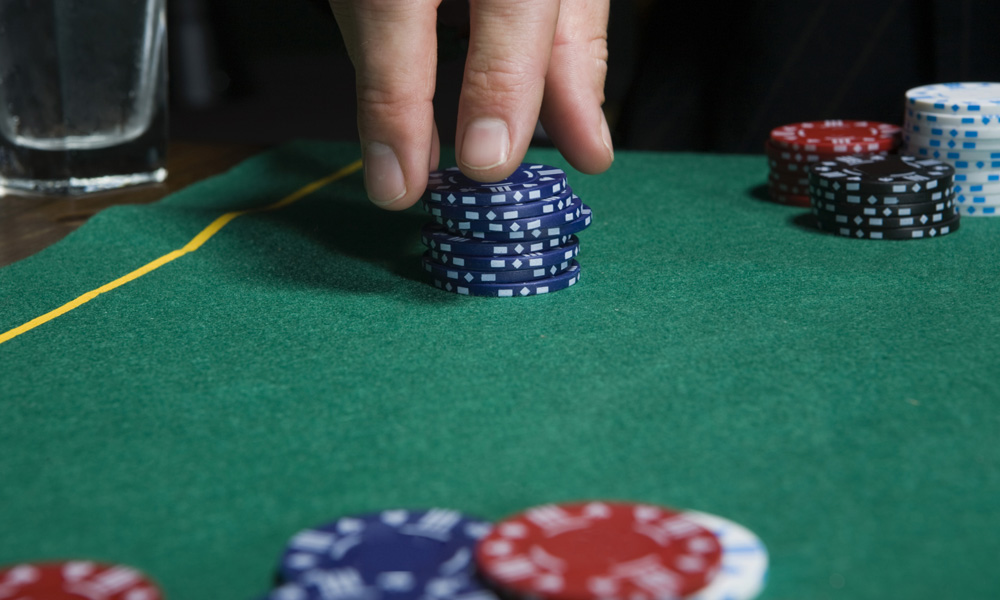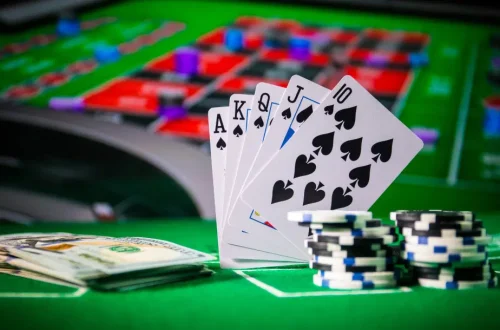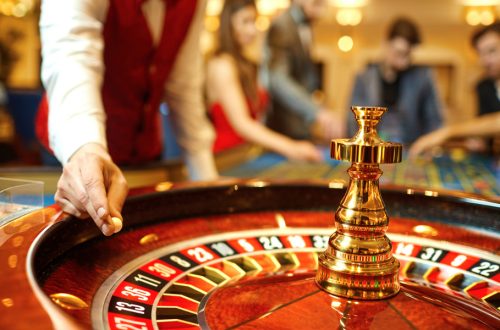When observing live dealer games online, many players focus on the dealer’s appearance or table presentation while paying little attention to shuffling procedures. Professional gamblers know that shuffle quality influences game fairness and potential edge opportunities. The physical manipulation of cards by human hands introduces variables that automated systems specifically aim to eliminate, making shuffle analysis a worthwhile skill for serious players.
Riffle shuffle
The riffle shuffle is often seen as a gold standard in shuffling methods used at mpo888 casinos. This method involves splitting the deck into two roughly equal parts and interleaving them. The effectiveness of this technique has been extensively studied by mathematicians who have determined that seven properly executed riffle shuffles will produce a statistically random deck. When performed by professional dealers, the riffle creates consistent randomization. Its effectiveness depends heavily on execution quality. Dealers who maintain consistent technique throughout their shifts provide more predictable randomization than those who vary their approach or show signs of fatigue.
Online live dealer sessions often feature riffle shuffles performed with varying degrees of precision. Players who can assess shuffle quality gain valuable insight into the true randomness of the cards they’ll receive. A dealer who consistently shuffles with the same pressure, speed, and technique generally produces more random distributions than one who varies these elements.
Overhand and strip shuffles
- Overhand shuffles create less randomization per iteration than riffle shuffles
- Most professional dealers require 10+ overhand shuffles to achieve proper randomization
- Strip shuffling (removing sections and reinserting them) provides visual randomness but less mathematical randomness
- Combinations of overhand and strip shuffles require even more iterations for proper randomization
- Time constraints often prevent dealers from performing sufficient iterations of these techniques
These less effective methods sometimes appear in live dealer settings when dealers must quickly prepare cards between hands or work with worn cards that don’t riffle smoothly. Recognizing these situations helps players identify games where card distribution may be less random than ideal.
Machine-assisted shuffling
Automated card shufflers have become increasingly common in live dealer setups, but they still involve human interaction that affects randomization. Dealers must properly load and unload these machines, and their handling techniques before and after mechanical shuffling impact final card distribution. Players should observe how dealers interact with shuffling machines, noting whether they follow proper protocols or take shortcuts. The transition points between human and machine handling represent vulnerable moments where card sequencing might be compromised, or truly random distribution is achieved.
Card exposure
How dealers handle cards after shuffling also affects distribution. Professional dealers maintain consistent grips, deal at regular intervals, and protect cards from exposure. Each of these elements contributes to distribution integrity.
- Cards are subtly viewed or exposed during dealing, particularly in games where cards are face-down and revealed. The dealer’s handling technique directly impacts how much information leaks during this process and whether certain cards consistently appear in particular positions.
- The camera angles in live dealer setups sometimes create additional exposure risks that wouldn’t exist in physical casinos. Careful players observe these technical factors alongside the dealer’s technique, recognizing that both affect the true randomness of the cards they receive.
The relationship between shuffling techniques and card distribution remains one of the most fascinating aspects of casino mathematics. While perfect randomness may be theoretically impossible with physical cards, well-trained dealers using proper techniques come remarkably close. For players interested in the mechanics behind their games, paying attention to these shuffling nuances adds another layer of engagement to the live dealer experience.



